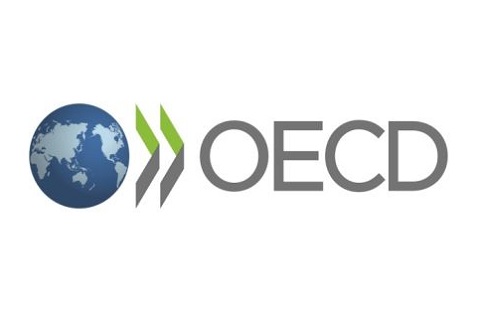
A. Background & Scope
On 18 December 2020, the new Guidance on the transfer pricing implications of the COVID-19 pandemic was released by the OECD. This Guidance represents a consensus view of the 137 members of the Inclusive Framework on BEPS regarding the application of the arm’s length principle and the OECD Transfer Pricing Guidelines.
This guidance focuses on how the arm’s length principle and the OECD TPG 2017 apply to certain issues that may arise or be exacerbated in the context of the COVID-19 pandemic. In addition, this guidance is helpful both for taxpayers in reporting the financial periods affected by the pandemic and for tax administrations in evaluating the implementation of taxpayers’ transfer pricing policies.
B. Priority issues
This Guidance provides 31 pages with comments, illustrations, and the practical application of the arm’s length principle in four priority issues:
- comparability analysis.
- losses and the allocation of COVID-19 specific costs.
- government assistance programmes.
- advance pricing agreements.
The following points highlight the scope and additional analyses necessary for managing each priority issue:
1. Comparability analysis
The pandemic may have a significant impact on the pricing of some transactions between independent enterprises and may reduce the reliance that can be placed on historical data. The impact may be a non-reliable comparability analysis.
This issue may require an analysis of the following aspects:
-
- Sources of information
- Forecasted financial information
- Timing of information of comparables
- Arm’s length outcome testing approach
- Application of more than one transfer pricing method
- Financial information from the global financial crisis 2008/2009
- Price adjustment mechanisms in controlled transactions approach
- Use of loss making and existing set of comparables.
2. Losses and the allocation of COVID-19 specific costs
The allocation of losses between associated entities can give rise to disputes, and even more given the probable increase in the frequency and magnitude of losses in the current economic environment.
This issue may require an analysis of the following aspects:
-
- Risk assumption among what entities operating under limited risk arrangements may incur losses.
- Circumstances under which arrangements may be modified.
- Allocation and comparability aspects of operational or exceptional costs between related parties.
- Impact of the force majeure clauses on the allocation of losses.
3. Government assistance programmes
Grants, subsidies, forgivable loans, tax deductions, investment allowances, broader financial or liquidity supports together qualified as “government assistance programmes” could potentially have transfer pricing implications on the accurately delineated controlled transaction.
The impact may happen whether the government assistance is provided to a member of a multinational enterprise “MNE” group directly or made available to independent parties within the market where an MNE group operates.
This issue may require an analysis of the following aspects:
-
- Economic relevant characteristic of the government assistance in the local and counterparty jurisdiction.
- Effect of the receipt of government assistance on the comparability analysis and pricing & allocation of risk of a controlled transaction.
4. Advance pricing agreements (“APA”)
The existing unilateral, bilateral, and multilateral APAs might be not applied correctly because of disregard of the terms and breach of the critical assumptions as consequence of change in economic conditions driven by the pandemic.
This issue may require an analysis of the following aspects:
-
- Boundaries of existing APAs considering the changes in economic conditions
- Reasons applicable for breaching a critical assumption
- Reactions of the tax administrations against the failure to meet critical assumptions
- Timing for notifying to the tax administrations the failure to meet critical assumptions
- Documentation for supporting the failure to meet critical assumptions
- Reactions of the tax administrations against the non-compliance of an existing APA
- Impact of COVID-19 on APAs under negotiation
5. Takeaways
The application of the guidance for tackling the transfer pricing issues of the COVID-19 pandemic imply a cooperation between the tax administration and taxpayers in terms of flexibility and the exercise of good judgment.
In that regard, the next steps should be performed by taxpayers to ensure the application of this guidance on the existing and upcoming controlled transactions of the year 2020 and year 2021 (“intercompany transactions”), respectively:
-
- Review intercompany transactions and relevant documents impacted by the COVID-19 pandemic.
- Identify which of the four priority issues affects the application of the arm’s length principle on the intercompany transactions.
- Perform a risk assessment including the revision, identification, and quantification of the possible risks in connection with the intercompany transactions.
- Understand in details the comments expressed in the new guidance in connection with the priority issue(s).
- Prepare a transfer pricing documentation, including the analyses described in the new guidance in connection with the priority issue(s).
- Verify the alignment of the information reflected in the transfer pricing documentation with the COVID-19 market conditions and actual conduct of the parties involved in the intercompany transactions.
![]() Transfer Pricing Webinar
Transfer Pricing Webinar
Register for our Webinar on 12th February at 10h00 AM to learn more about this new OECD Guidance.

